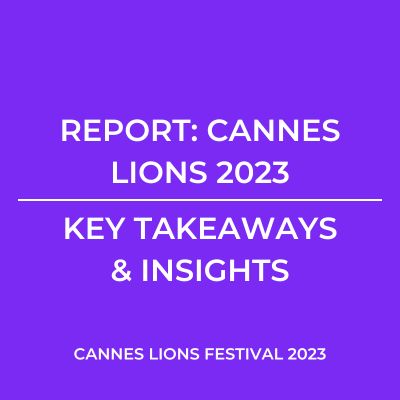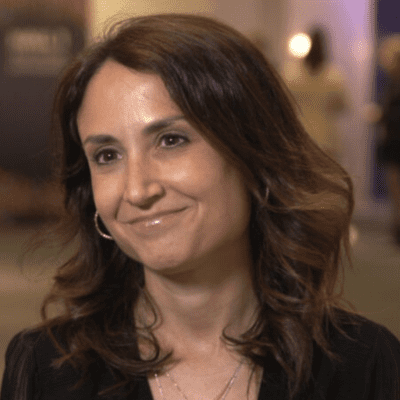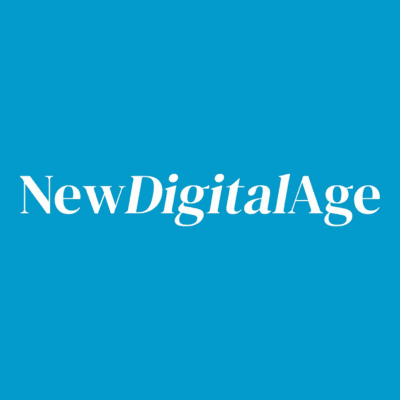In today’s marketing world, challenger brands are tearing up the rule book. Ci En Lee, Strategy Executive at PHD Singapore, explains how.
In 2020, the global pandemic brought about a major reset and a new playing field for businesses. The barriers of entry have fallen and brands of all sizes are on a nearly level playing field. Every challenger, whether big or small, can reach the shopper with e-commerce, and it’s those smaller challenger brands who have emerged victorious.
In times of uncertainty, challenger brands reframe crisis to opportunity. They revaluate previously held assumptions and differentiate themselves by thinking out of the box.
The challengers of today are the leaders of tomorrow. Right after the Great Financial Crisis in 2008, we saw the dawn of WhatsApp, Instagram, Uber and Airbnb and we are set to witness yet another renaissance in business and advertising even before the pandemic ends.
As passionate advocates in challenger brand thinking (we quite literally wrote the book on it), PHD APAC recently hosted an Overthrow II event with Adam Morgan, Co-founder and author at eatbigfish, discussing how brands of all sizes can benefit from adopting a challenger mentality. Here are three lessons I took away on how you can discover your inner challenger.
What is a challenger brand? Can your brand be a challenger brand?
Any brand can be a challenger brand. Regardless of whether you are big or small, new or old, traditional or unconventional, it comes down to the attitude of zagging when others zig.
Touching on how the understanding of challenger brands is still stuck in the narrative of David vs. Goliath, Adam Morgan shared that it is perpetuated by three key myths: Challenger branding is just storytelling; challengers are all category disrupters; and lastly, challengers are direct-to-consumer brands.
However, challenger brands are so much more than that. In fact, we have 10 Challenger Brand Archetypes and they each challenge something different – from a competitor, to a category or a cultural norm. Fundamentally, it is about how you think and how you behave, and your brand can be a challenger brand too.
Challenger thinking has helped Singaporean brands to navigate the pandemic crisis.
Amidst the sea of sameness of generic coronavirus ads, brands that won the hearts and minds of Singaporeans throughout the lockdown were those that empathised with the general public during the darkest of times and truly understood how they felt.
Two distinct challenger brand archetypes prevailed – the Local Hero and the Real & Human Challenger. Brands with these archetypes outperformed throughout the crisis, as people turned to them feeling that these brands were on their side and offered a human touch.
The Local Hero
The Local Hero Challenger tests the idea that the homogenous gloss of an international leader is better than something made by us, for us. Local Hero brands champions the importance and character of local needs as opposed to a global market leader.
For example, the Singapore government produced a series of films telling the stories of everyday Singaporeans navigating the challengers of COVID-19. One such film, titled “Together, we can”, is a heartfelt tribute to the unsung heroes and frontline medical workers which warmed the hearts of many.
The Real & Human Challenger
The Real & Human Challenger challenges the impersonality and face-less service of the market leader or category. Real and human brands position themselves as a group of real people who genuinely care about what they’re making and how they are servicing consumers.
For example, when the borders closed and flights halted, Singapore Airlines quickly pivoted in redeploying its cabin crew as care ambassadors in hospitals. They translated their world-class hospitality and used their skills to care for people and help in areas where it was most needed.
How to adopt a challenger mindset
Firstly, see past the myths and recognise the challenger mindset. Take the Overthrow II quiz and understand the different implications of your archetype for brand, media and culture.
Secondly, understand the challenger and be clear on it. What are you challenging and how? Figuratively, it’s not so much of an enemy, rather, what is the monster that threatens an entire community such that when you win, the community wins?
Thirdly, how can you use challenger narrative to tap opportunities in a unique way? As we come out of this pandemic, we are bound to see clichés about liberation and making the most of every moment together. Perhaps as an Enlightened Zagger, it is about where freedom should and shouldn’t fit into our life. Or even as a Missionary, it is about moments with nature and people outside our circle of family and friends.
Conclusion
A new normal calls for new rules and new challengers. Consumers are no longer going back to how things used to be, and by adopting a challenger mentality, brands will find external opportunities that position them to prepare for prosperity. Brands must separate the past from the present and reinvent themselves, or risk being overthrown.



